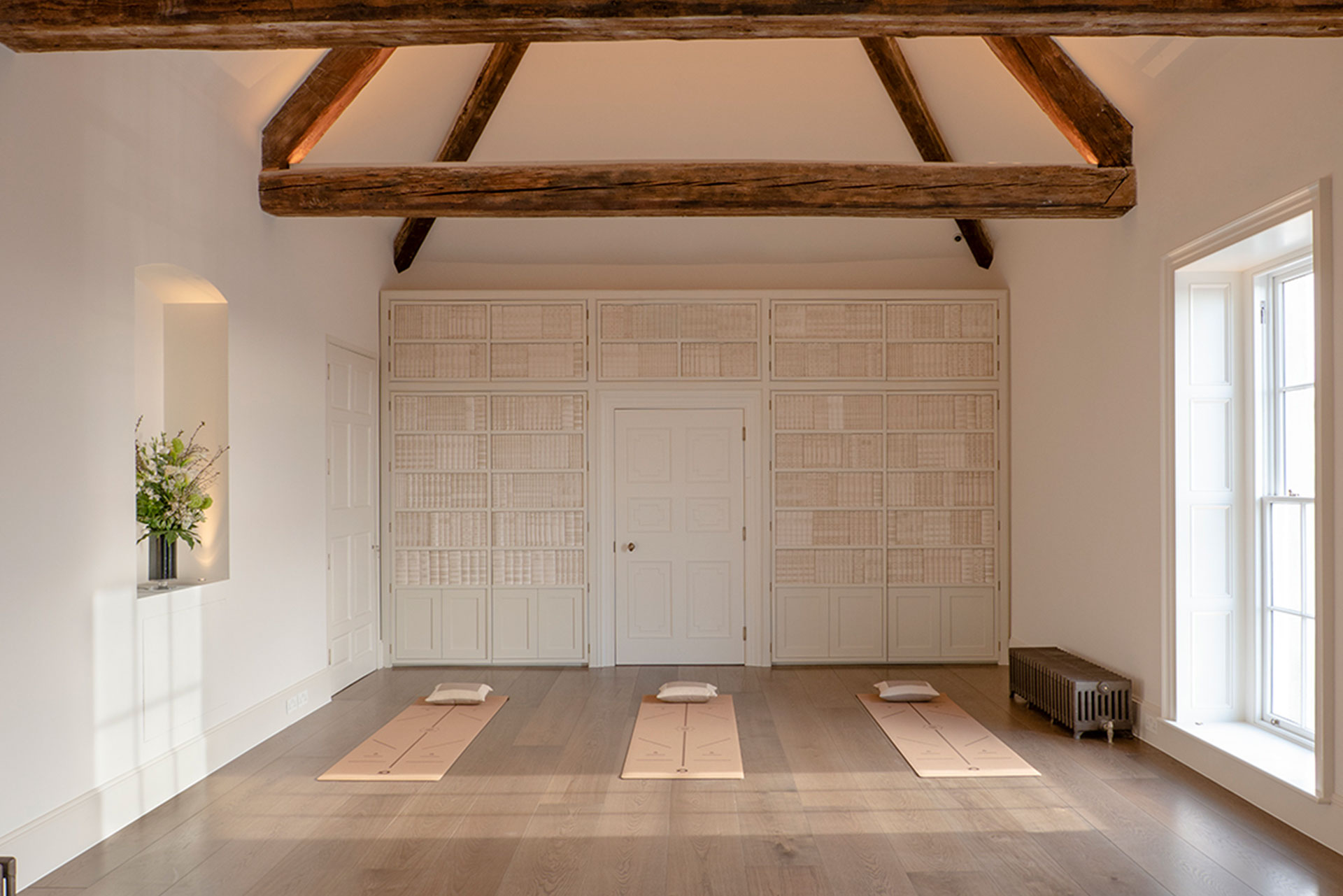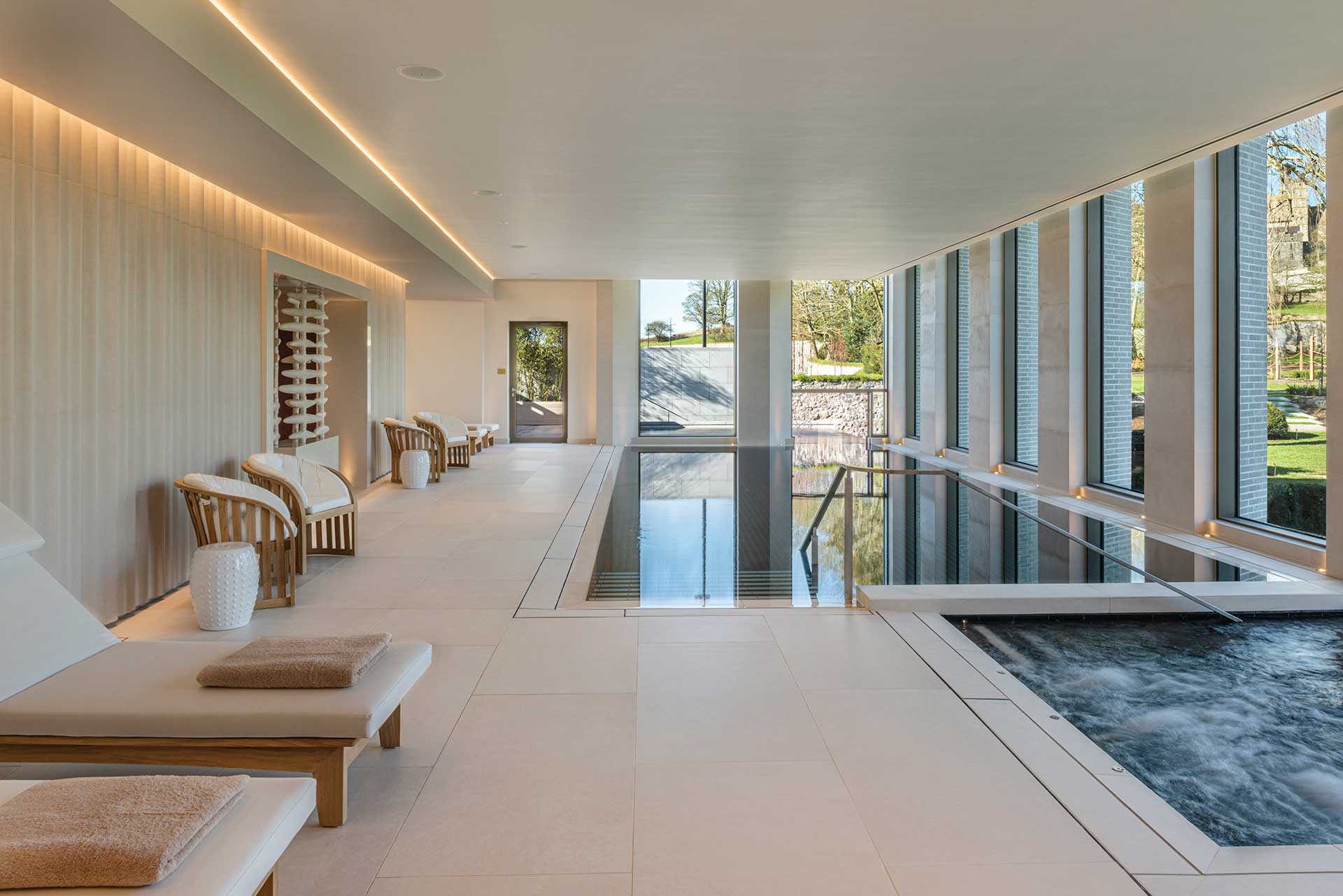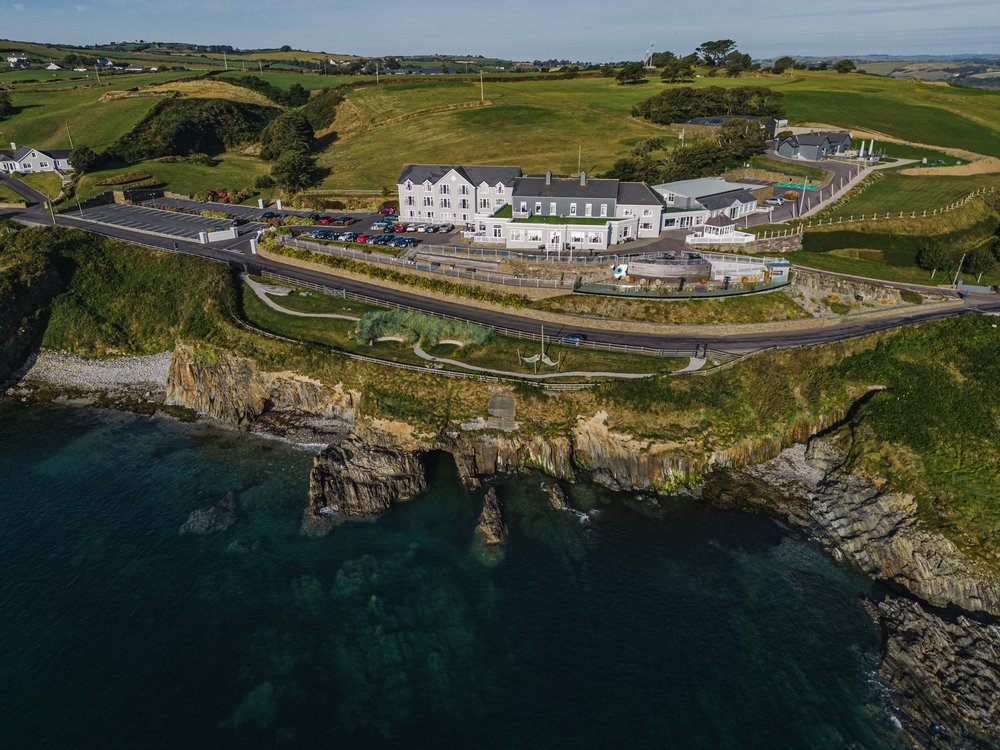This article focuses on Calf Muscle Flexibility. The Why, When and How to do it effectively.
After a short morning run this morning, as I stretched my calves I thought why not share the expertise!

All muscles have an optimal length. A length at which they can produce the appropriate amount of energy, force or strength for a particular task. When you are walking and running, your calf muscle via your Achilles tendon produces and withstands some very high forces to propel you forwards and/or upwards and help distribute weight when you land or plant your foot again. When the calf muscle has it’s normal amount of flexibility, it allows the foot, ankle and knee to function properly by sharing pressure throughout the foot as a whole with each step we take. If this muscle loses flexibility, then the foot is less able to distribute weight-bearing pressures evenly. This can cause pain and problems in areas such as the ankle joint, sole of the foot, shins (think shin splints!) knees, hips and even lower back.
There are two primary muscles in the calf which merge into the Achilles tendon. You may be shown other versions of these stretches by a Physiotherapist if you have a specific injury. But if no particular injury, here’s how to target flexibility issues within the calf complex.
Calf stretch 1

Stand facing a wall or the back of a chair with one foot in front of the other. Keeping your back knee straight, bend your front knee and lean towards the wall/chair. Feel a strong pull in the back of the back leg (in the upper calf and Achilles tendon). Keep the inside arches of both feet lifted slightly.
Hold for 20-30 seconds. Repeat 3 times, each leg.
Calf stretch 2

Stand facing a wall or the back of a chair with one foot in front of the other. Hold the wall/chair and bend both knees slightly. Lean forwards slightly and keep your front knee in line with your second toe on the front foot (i.e. don’t let your front knee drop inwards). Feel a strong pull in the back of the back leg (in the lower calf and Achilles tendon).
Hold for 20-30 seconds. Repeat 3 times, each leg.
Calf stretch 3

Standing on a step so that the balls of your feet are on the edge of the step and your heels are off. Hold the wall or bannister. Drop your heels down. You should feel this stretch throughout both calves. This stretch is harder than the other two above.
Hold for 20-30 seconds. Repeat 3 times on each leg.
DO NOT BOUNCE as you stretch the muscle- hold slowly and steadily. Stretching when your muscles are warm is better, such as after a walk/run/golf or after your morning shower. There are a variety of Yoga Poses that will also stretch your calf muscles such as Downward Facing Dog. Tightness in calf muscles is often a limiting factor for a lot of the common Yoga Poses.
How often should I do these stretches?
If you think you have a tight calf muscle, it is a good idea to continue to stretch this muscle every day. You might even want to do this twice a day to start with. This will allow you to gain improvements in muscle length. Continuing to do this means that you will maintain that improvement in the long term.
If you’re not sure if you have tight calf muscles but think you have problems in this area, see your local physiotherapist who will be able to assess and prescribe appropriate corrective exercises if needed.
Why do they get tight in the first place?
On that note – if you have tight calf muscles you MUST ask WHY!? Calf muscles, like many other muscles tighten for a reason. Often, you might have a stiff ankle joint following an injury years ago, you might have tight hamstrings or a weak lower back. All of these things are interconnected and sometimes stretching or even foam rolling the calf alone will not solve your problem. You should always get to the root of the problem. Ask WHY did this happen in the first place. A Physiotherapist will be able to work this out following a detailed assessment. Always treat the cause and you might prevent future aches/pains and limitations in the long run.
Next week we will focus on Calf STRENGTH. Totally different to calf LENGTH. Keep an eye on www.performanceyoga.ie to find out more.
Orla Crosse is a Chartered Physiotherapist and Qualified Yoga Instructor. She is the founder of and lead instructor at Performance Yoga Ireland. Performance Yoga Ireland is the first of its kind in Ireland, merging scientific evidence based practice with traditional yoga. Based in Clonmel, Tipperary, Orla offers sports yoga classes here and provides physiotherapy in both Mitchelstown and Clonmel. Further details can be found on www.performanceyoga.ie .



